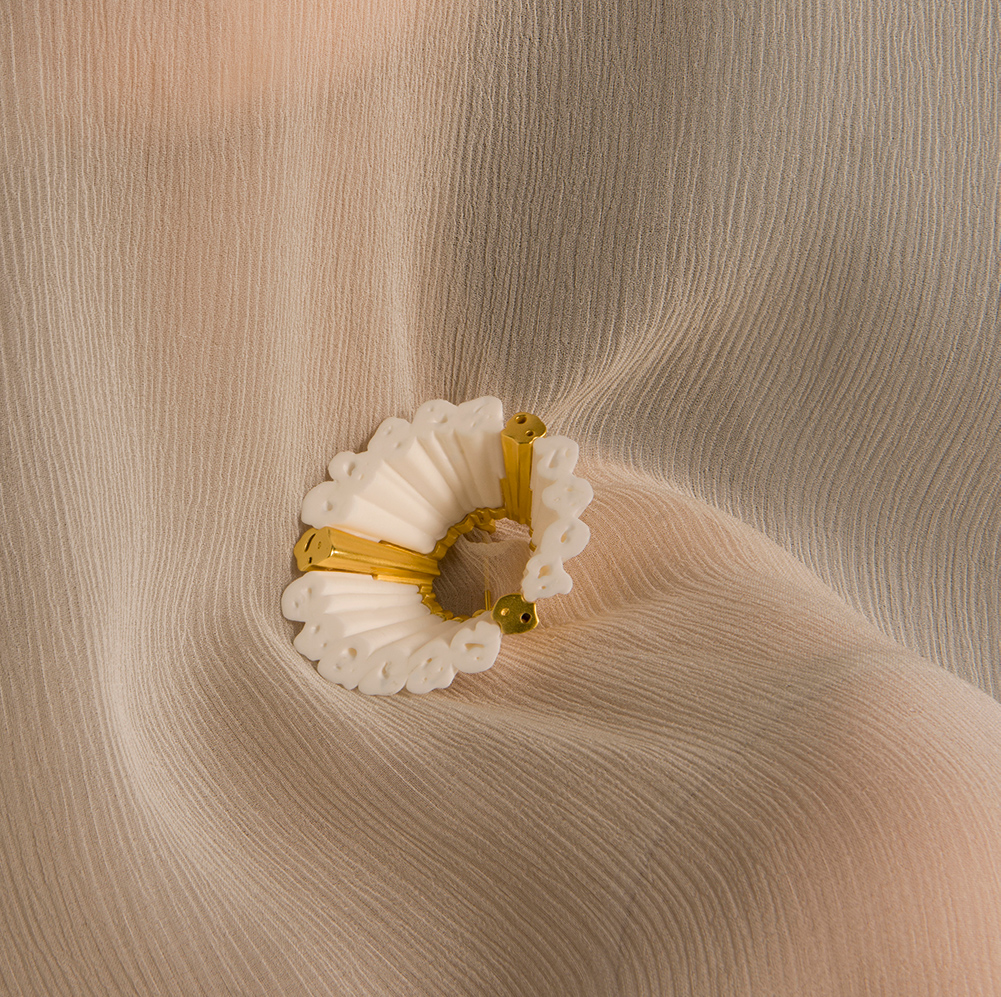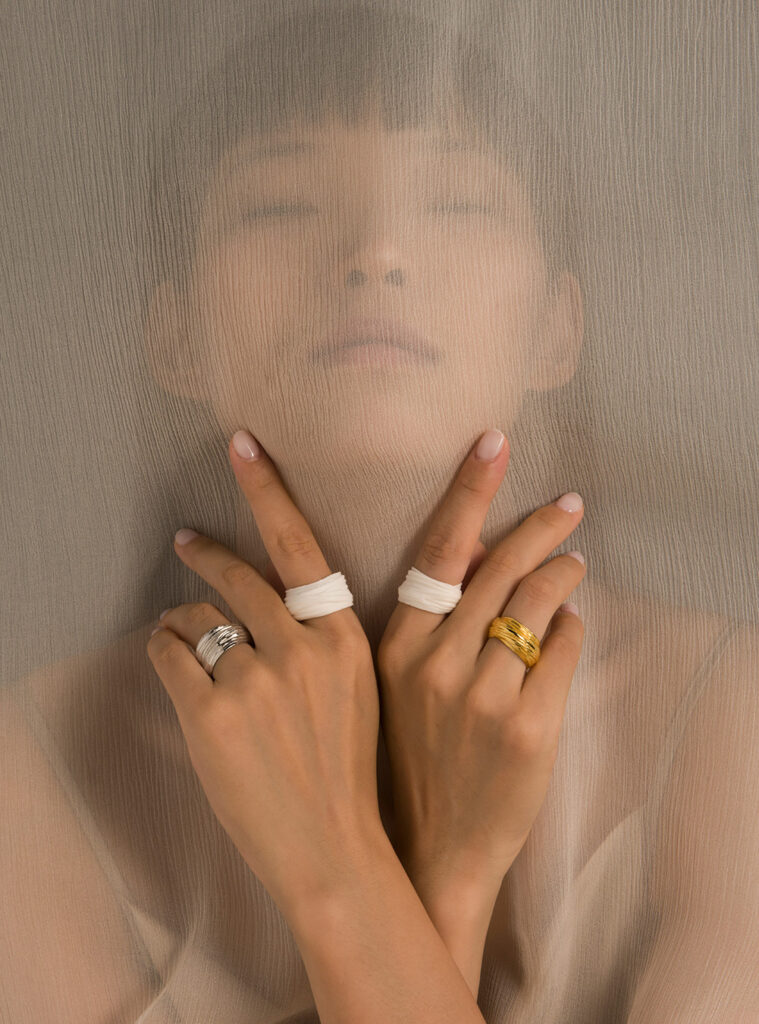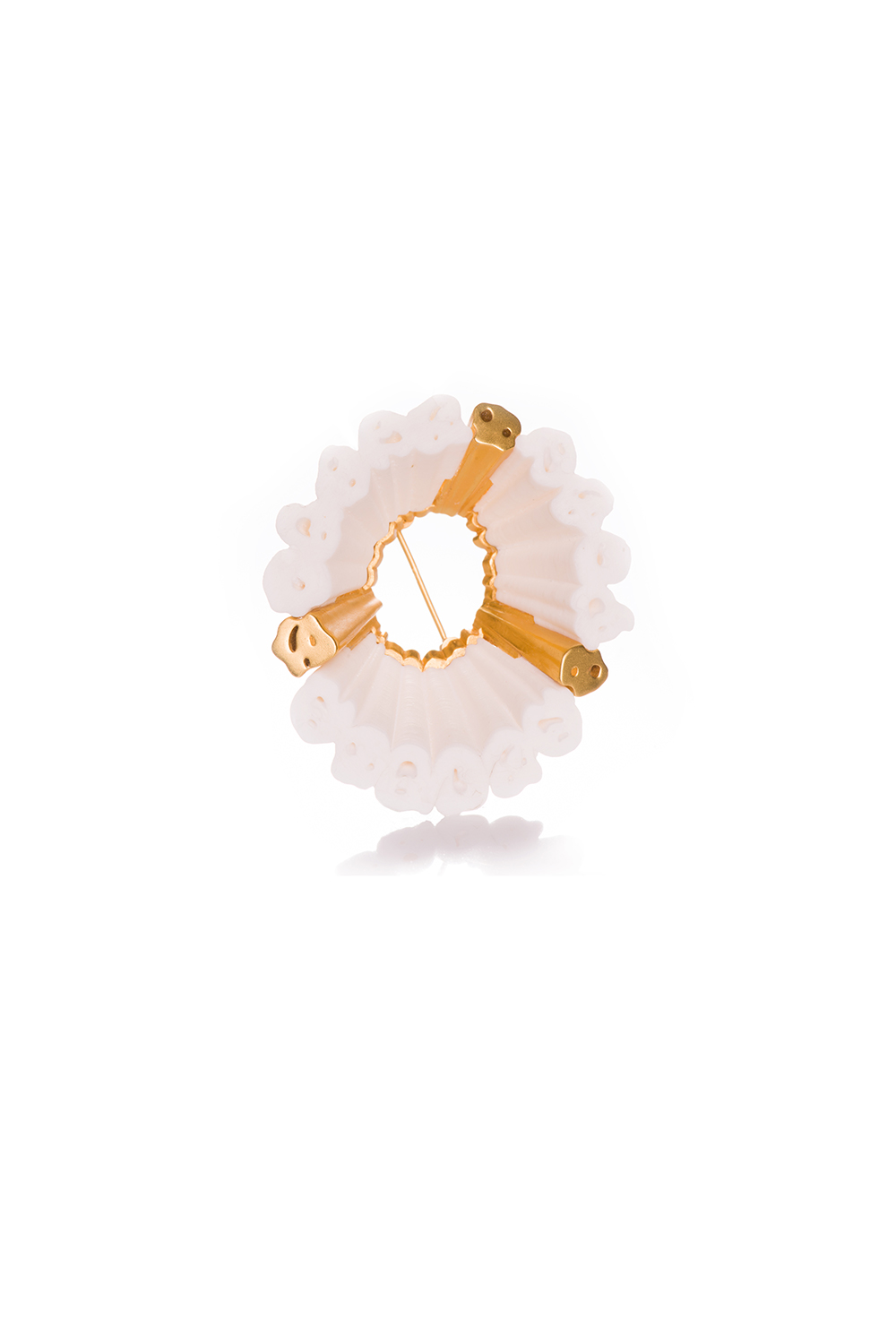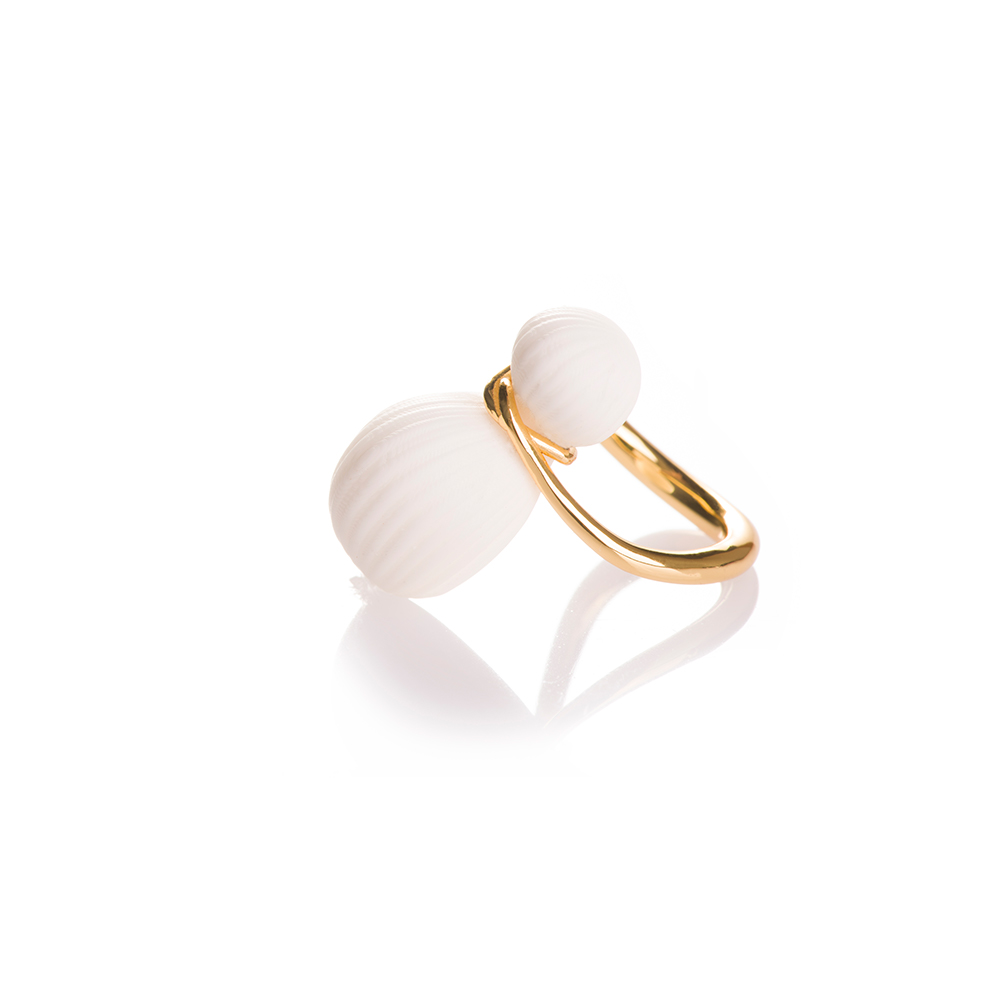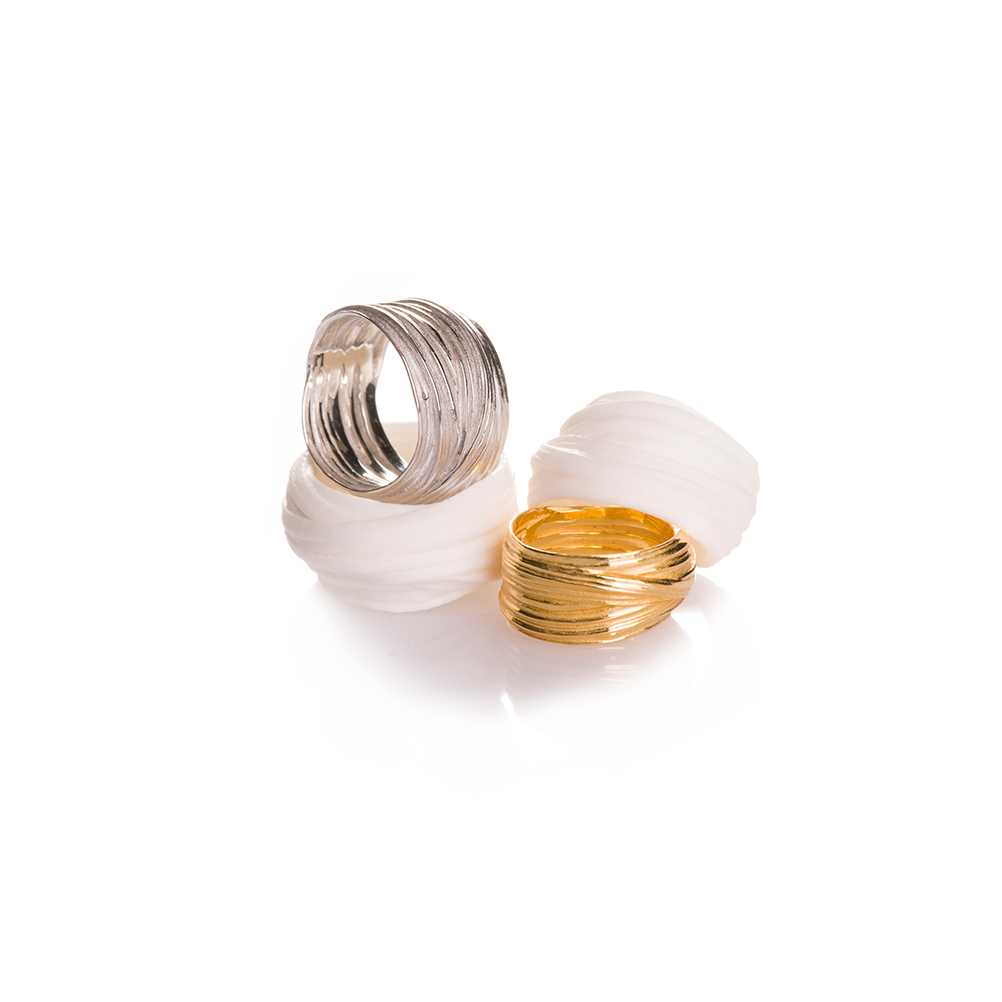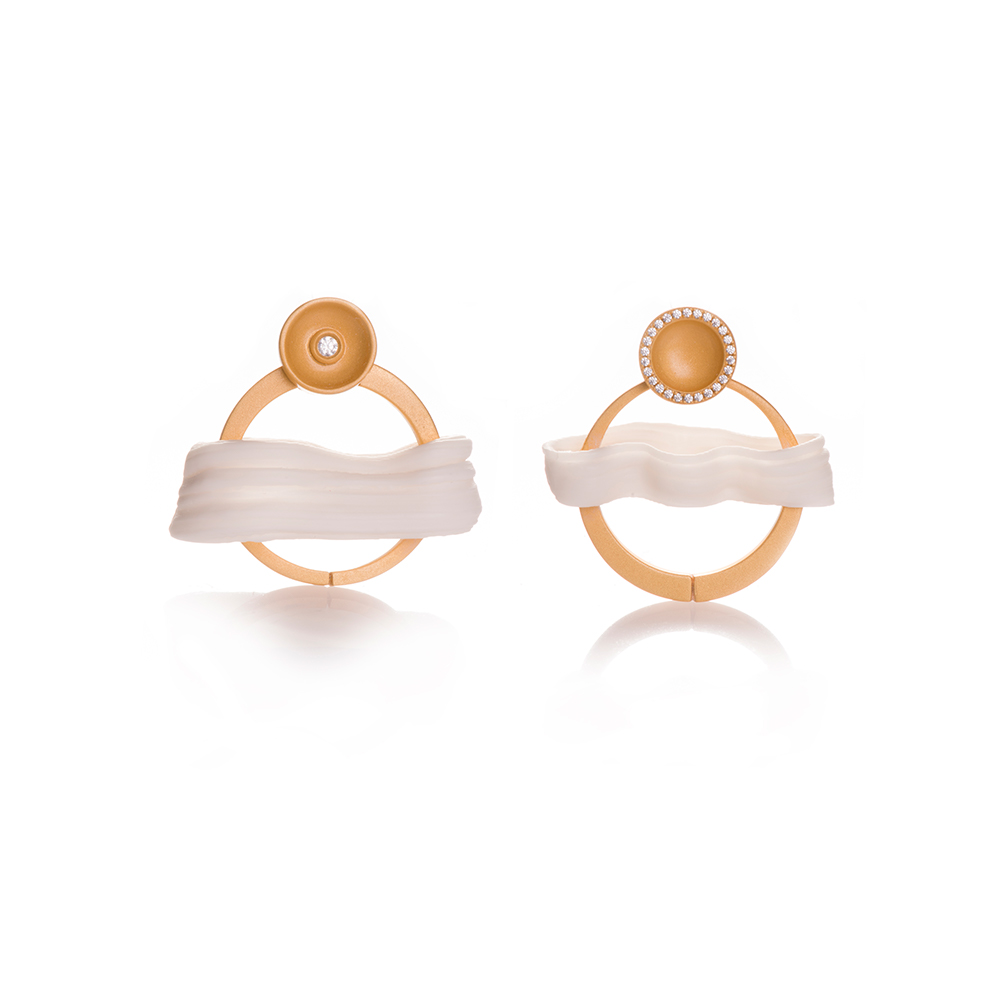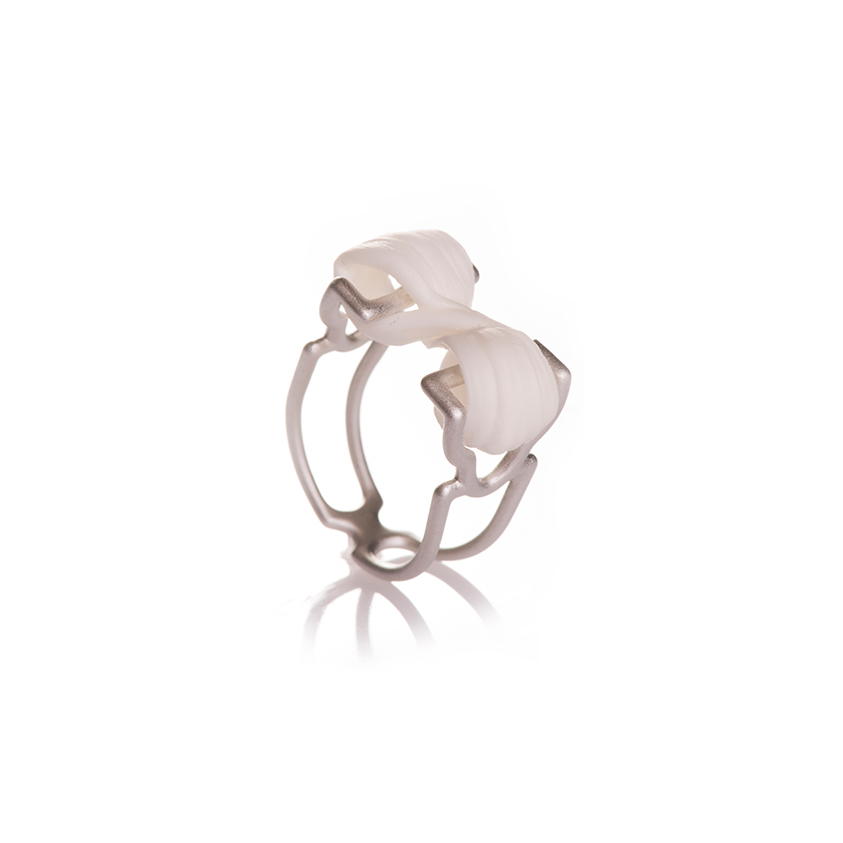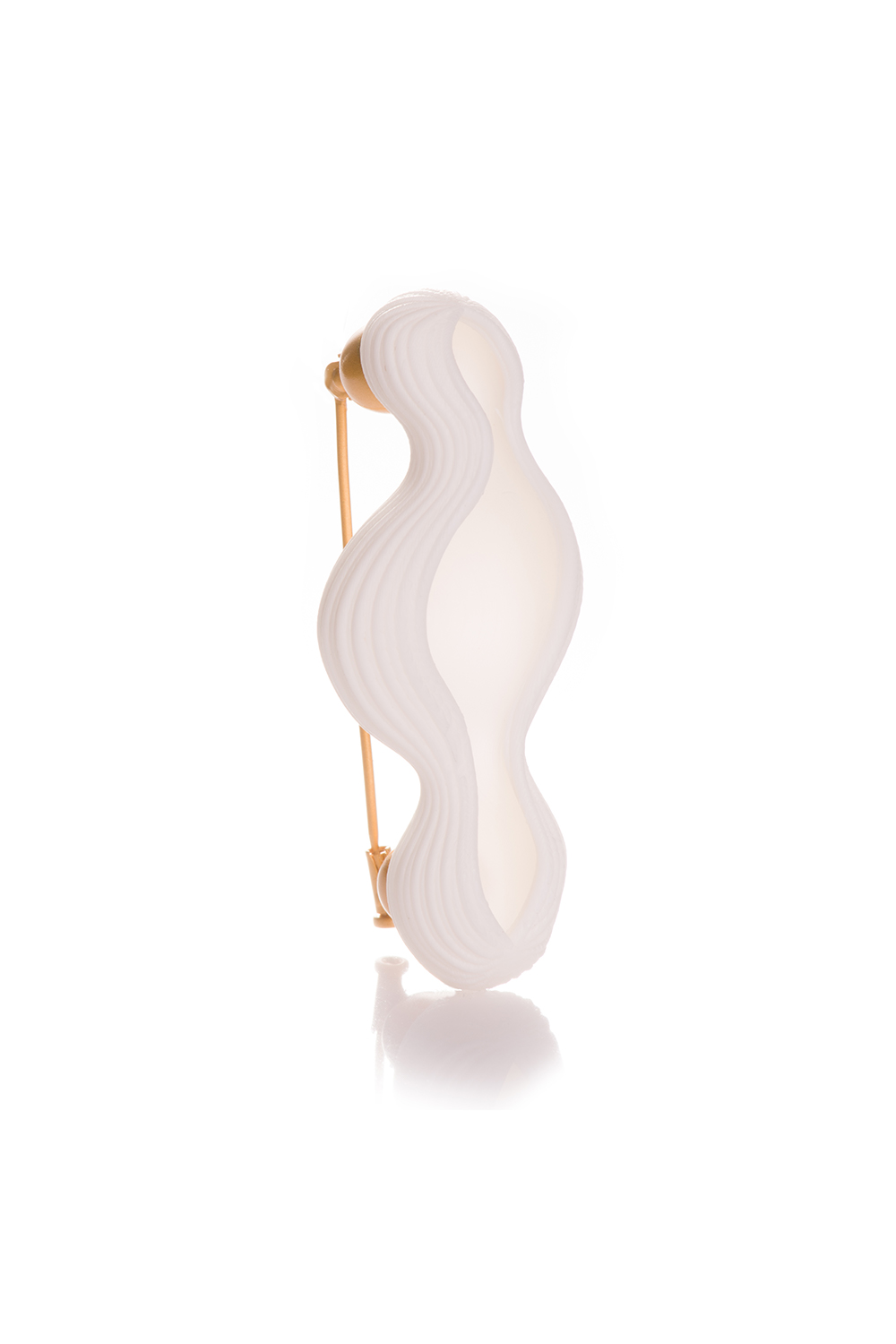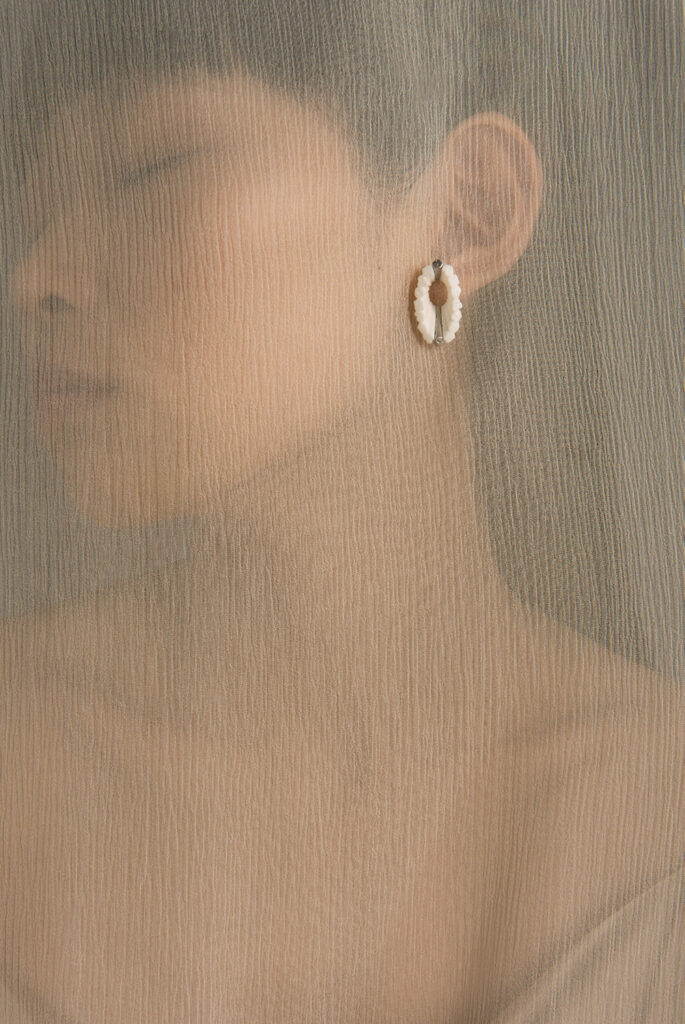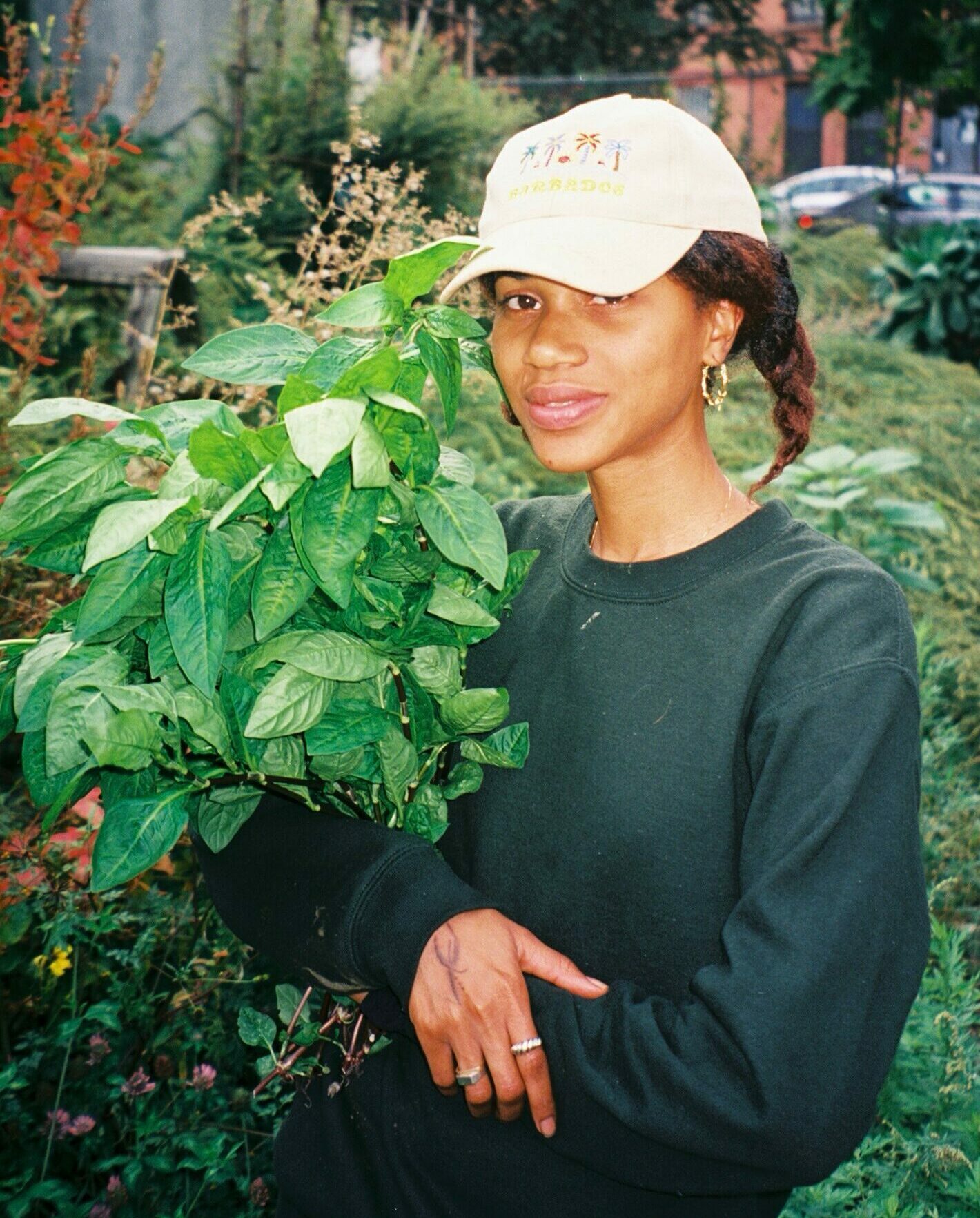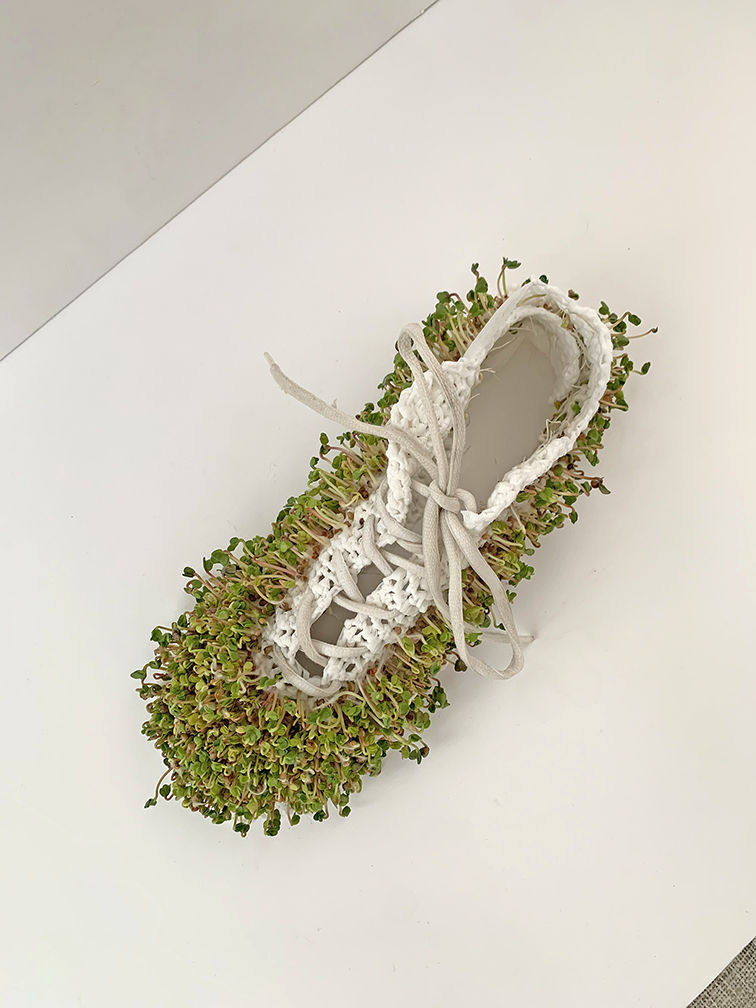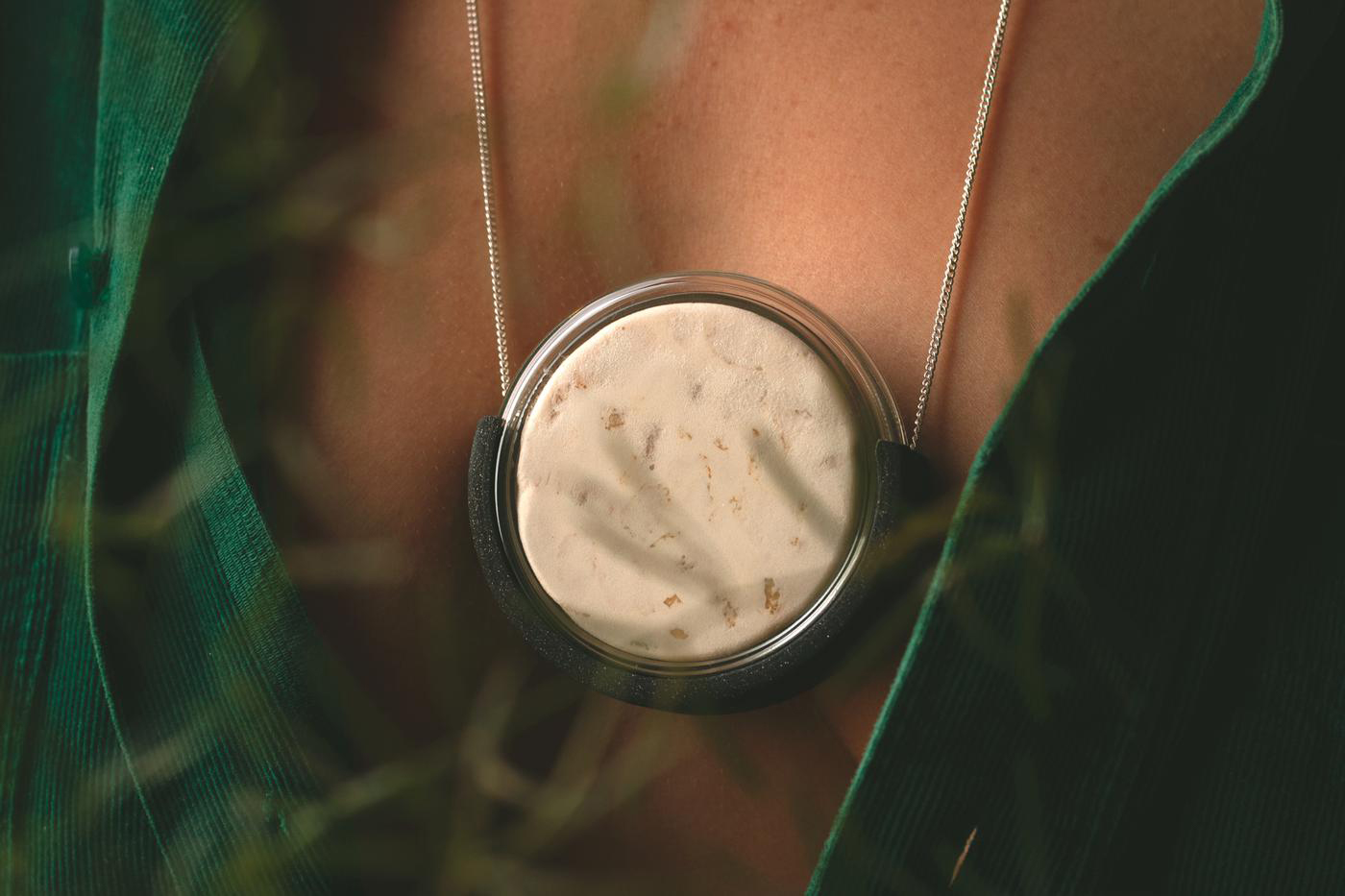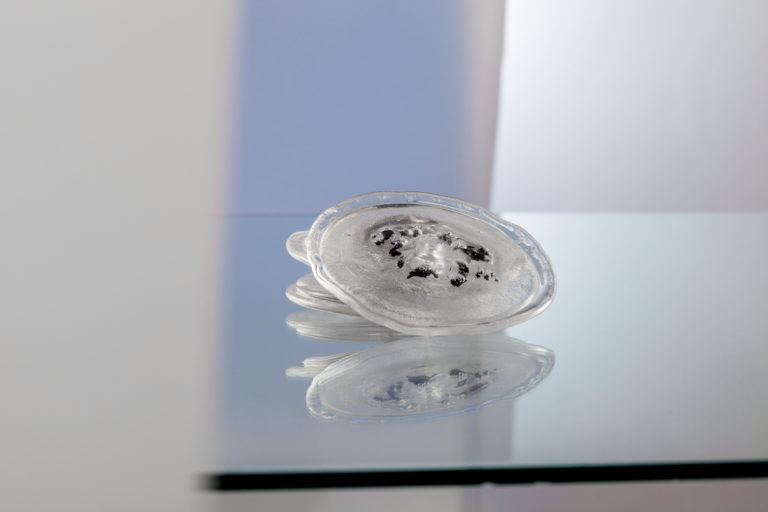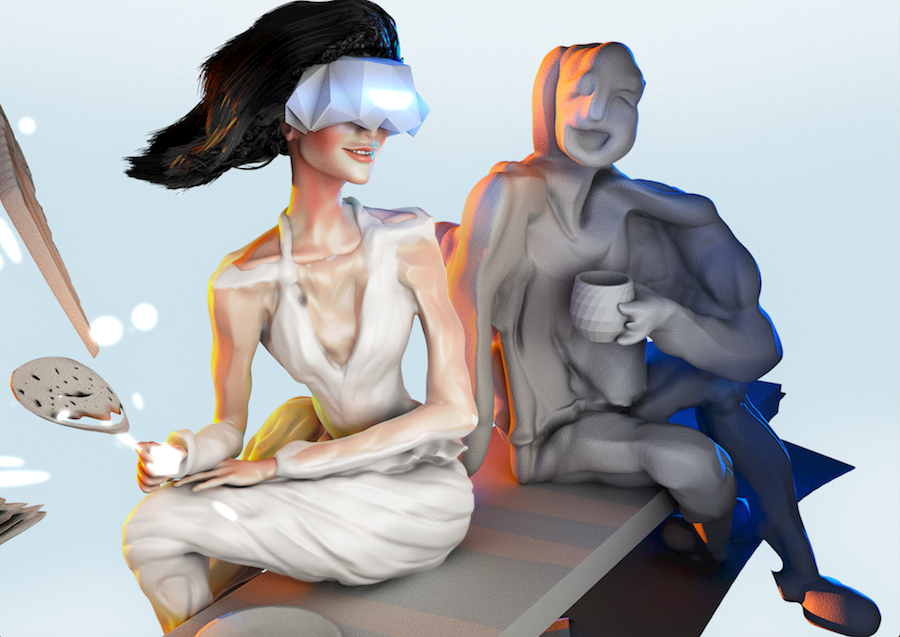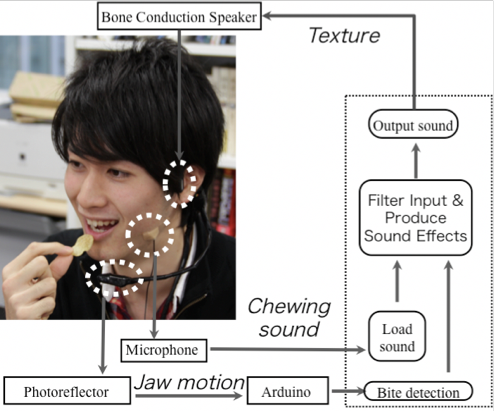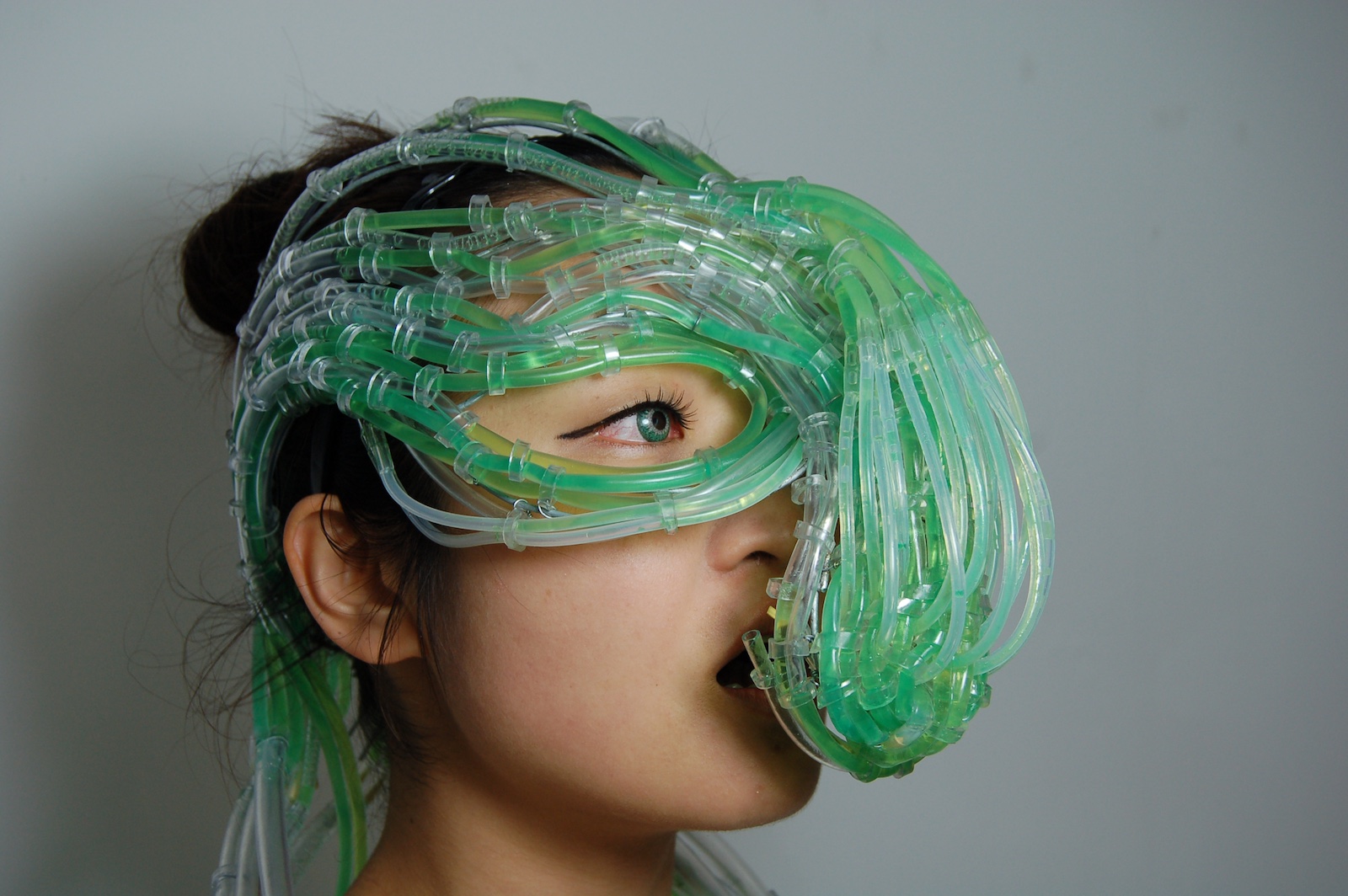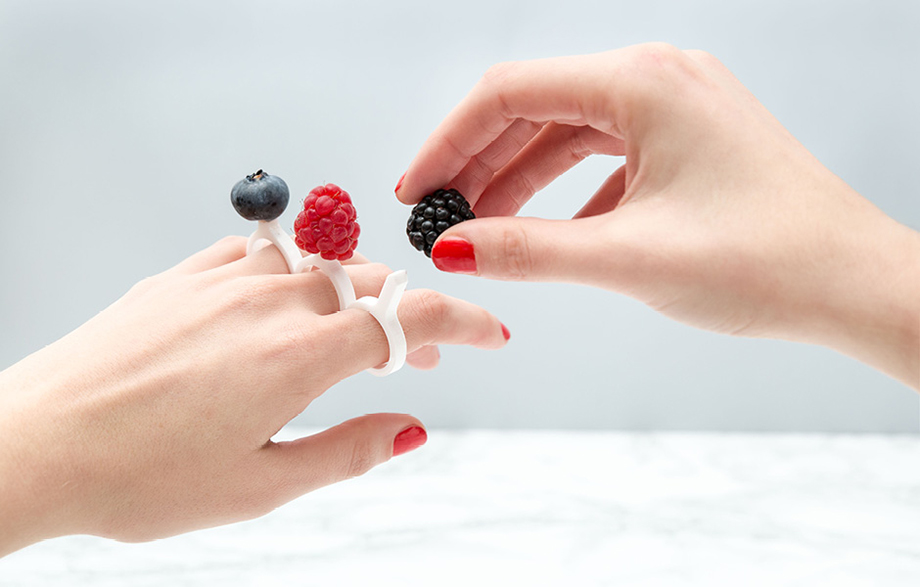Zaotang, otherwise known as Sugar Melon, is a beloved Chinese New Year candy unique to the Shandong province of China. It was also the inspiration for University of the Arts London (UAL) graduate and jewelry designer Peiming Song’s thesis collection Sugar Melon. The jewelry collection consists of delicate pieces made of 3D printed ceramics and precious metals. Its soft forms are inspired by the sensory experience of eating sugar melon.
Images courtesy of Peiming Song.
Song hopes to preserve the details of Chinese folk traditions through her design by using inspiration from cyclical and fleeting everyday life. Through the permanence and reverence granted jewelry, Song works towards emblemizing the accidental or often overlooked details of Chinese folk art. Her carefully designed pieces draw from the texture, movement and food making process of the beloved candy. The mark of a handmade object peaks her interest as it is in these impermanent, unique details that Song finds the source of beauty for her jewelry and an intimate understanding of food culture.
In conversation with the jewelry designer, Peiming Song gives us insight into her intentions as a designer who wishes to explore and widen her cultural understanding and use it to hone her artistic expression.
Hiba Zubairi:
You pay homage to the cooking process of sugar melon through your jewelry collection. What characteristics did you find in traditional Chinese cooking practices which paved the way to your design process?
Peiming Song:
In the process of making food, I am fascinated by the traces left by the hand, which is the source of my design inspiration. For example, the interesting form of maltose being pulled after heating, the state of candy being cut by cotton thread, and so on. The taste of home and the memory of hometown carried in the food are the driving force of my creation. I want to translate the food production process into art and design work and try to create works of art that get closer to ordinary people’s life. In my opinion, different foods reflect different cultures. The process of food production can be regarded as the epitome of the cultural characteristics of a region, which reflects the social and cultural elements of the region, such as geography, humanities, economy, and history.
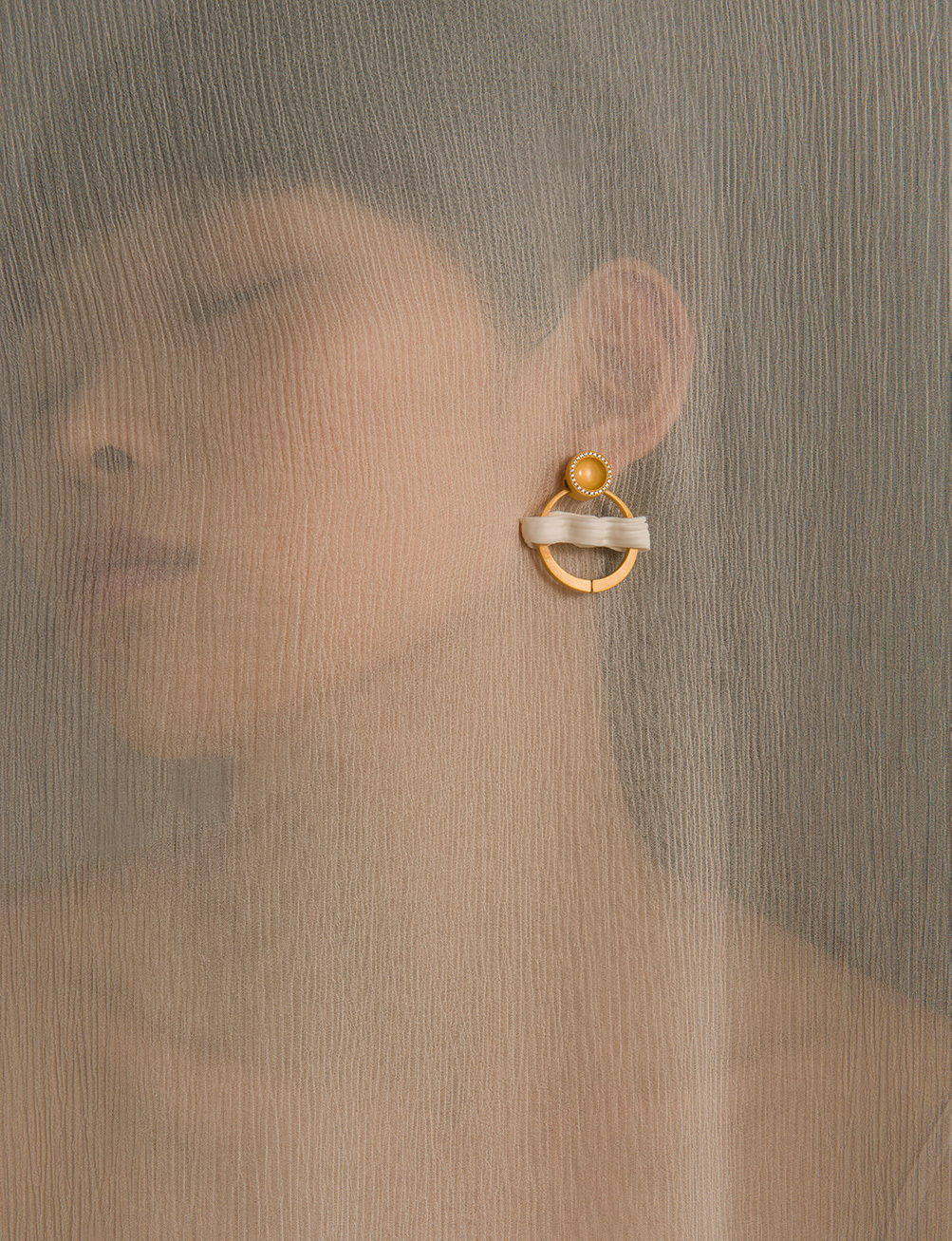
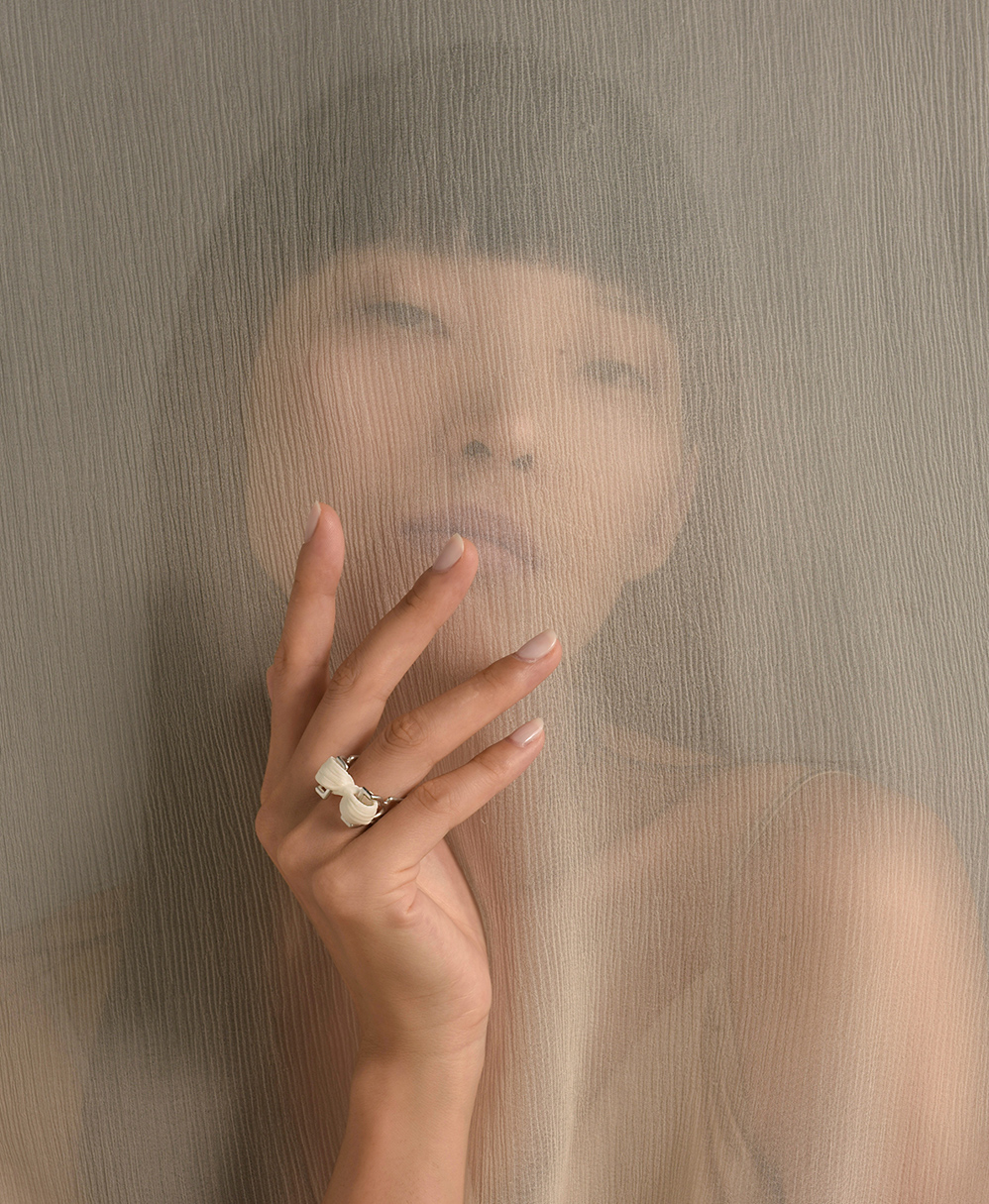
Hiba Zubairi:
The connection between food and jewelry is so interesting. What does the permanence of jewelry bring to the analysis of food, such an impermanent object?
Peiming Song:
Details in the food making process are randomly generated and appear briefly. Jewelry could preserve the captured details and moments to be retained forever, which not only enlarge the precious details of the moment, but also give the details of food a new connection with the human body through the formal language of jewelry. The relationship between food and people will be redefined. As a jewelry designer, I began to try to express my feelings and understanding of food through the artistic language of jewelry and completed the creation of contemporary art jewelry works of “sugar melon” collection inspired by Chinese food culture, thus sharing the beauty of food with more people.
Hiba Zubairi:
In what ways do you find both food and jewelry are markers of your identity?
Peiming Song:
For me, food is the embodiment of cultural background. In addition, I regard jewelry as my artistic language to communicate with the outside world. I recreated the details of the production process of sugar melon, a traditional Chinese food, in my jewelry works. My work can be seen as my description of myself: a contemporary jewelry designer, or a person who loves food culture, or an artist from China.
Hiba Zubairi:
How does material play a role in your thematic exploration? Whether it be sugar melon or other facets of Chinese traditions.
Peiming Song:
In my works, materials are always at the service of the design theme. When I decided to choose the production details of sugar melon as my creative theme, I began to look for appropriate materials to express the theme of food. The texture of traditional precious metals could not properly express the warmth, softness and healing feeling of food. I tried a variety of materials, such as glass, wax, plastic and woven goods, and finally I chose ceramics as my material. Firstly,the main reason why I used 3D printing ceramics for my pieces is that the matte texture of white alumina ceramics can give people a comfortable and bright visual experience and the delicate and mellow touch of ceramics itself is also coincident with the warm feeling brought by food. Secondly, ceramic utensils themselves are an important part of Chinese traditional food culture. It is reasonable to choose ceramics as a material to represent works about food.
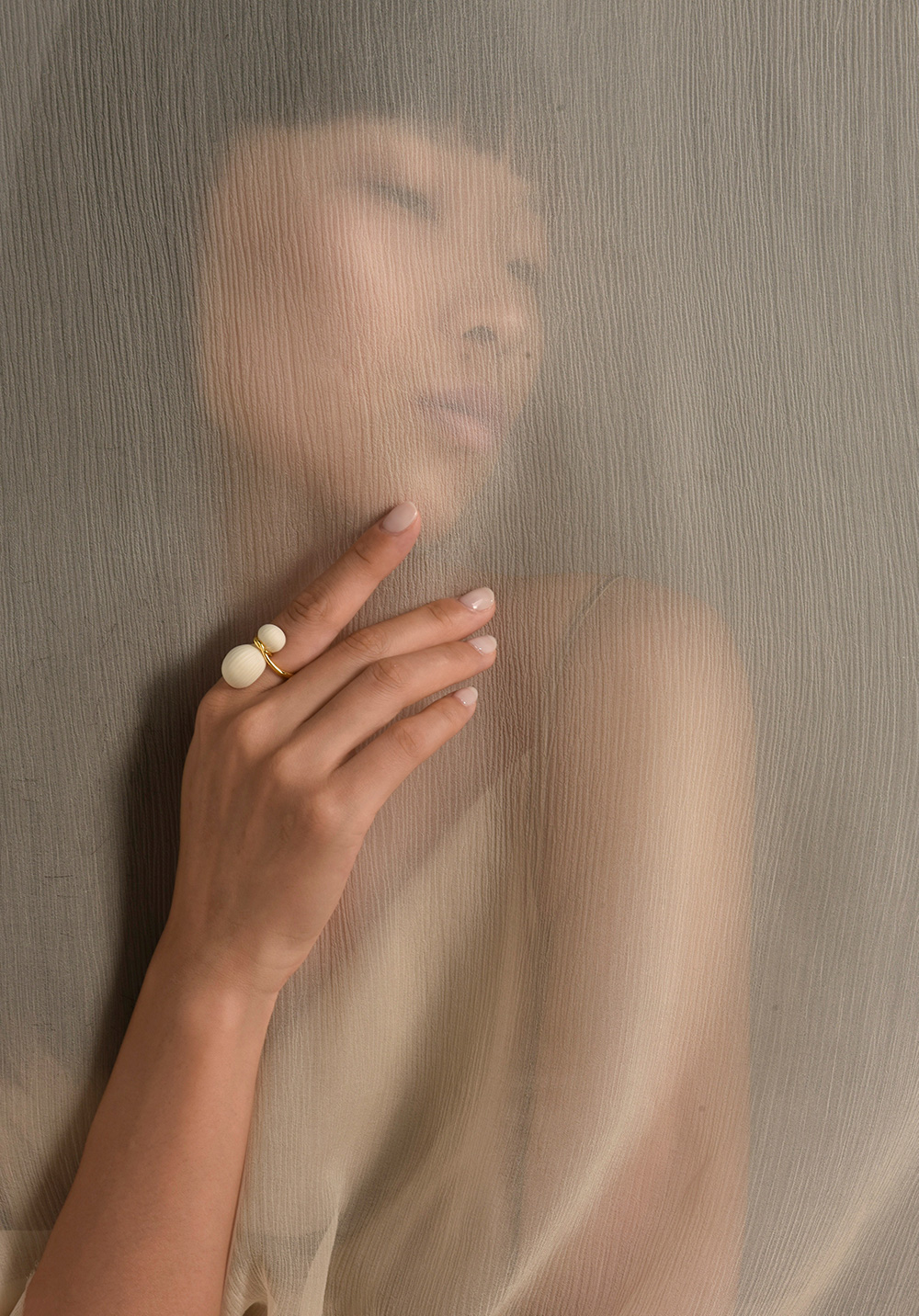
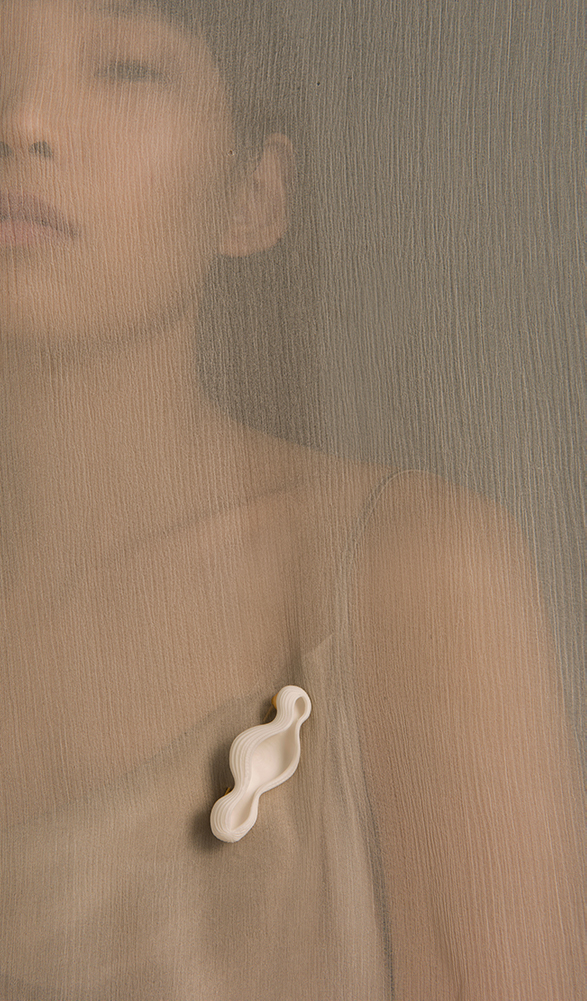
Hiba Zubairi:
In the future, how do you wish to continue your design explorations in a way that builds your identity as a designer?
Peiming Song:
My cultural background has always been my source of inspiration. Currently, I am studying for a doctorate in design at Shanghai University. The subject direction is the inheritance and regeneration of traditional culture. I have a strong interest in Chinese traditional handicrafts because I think handicrafts represent a nation’s wisdom and culture. In the future, my design work will focus on the themes of modernity and tradition, handicraft and modern production. I will continue to regard jewelry as my powerful design language. I also hope to contact more different materials to create more artistic possibilities.
